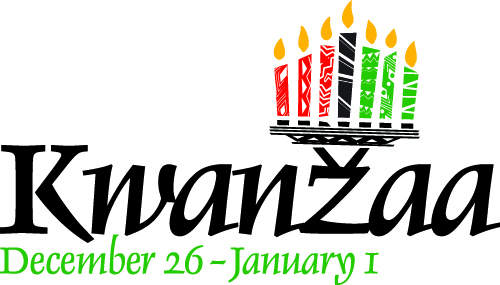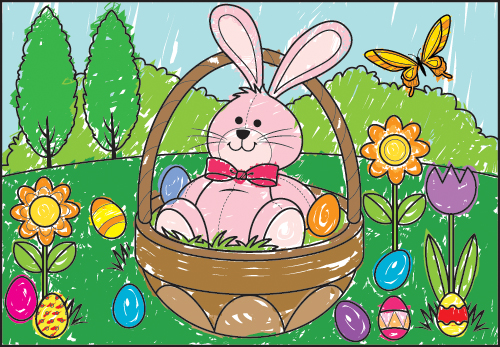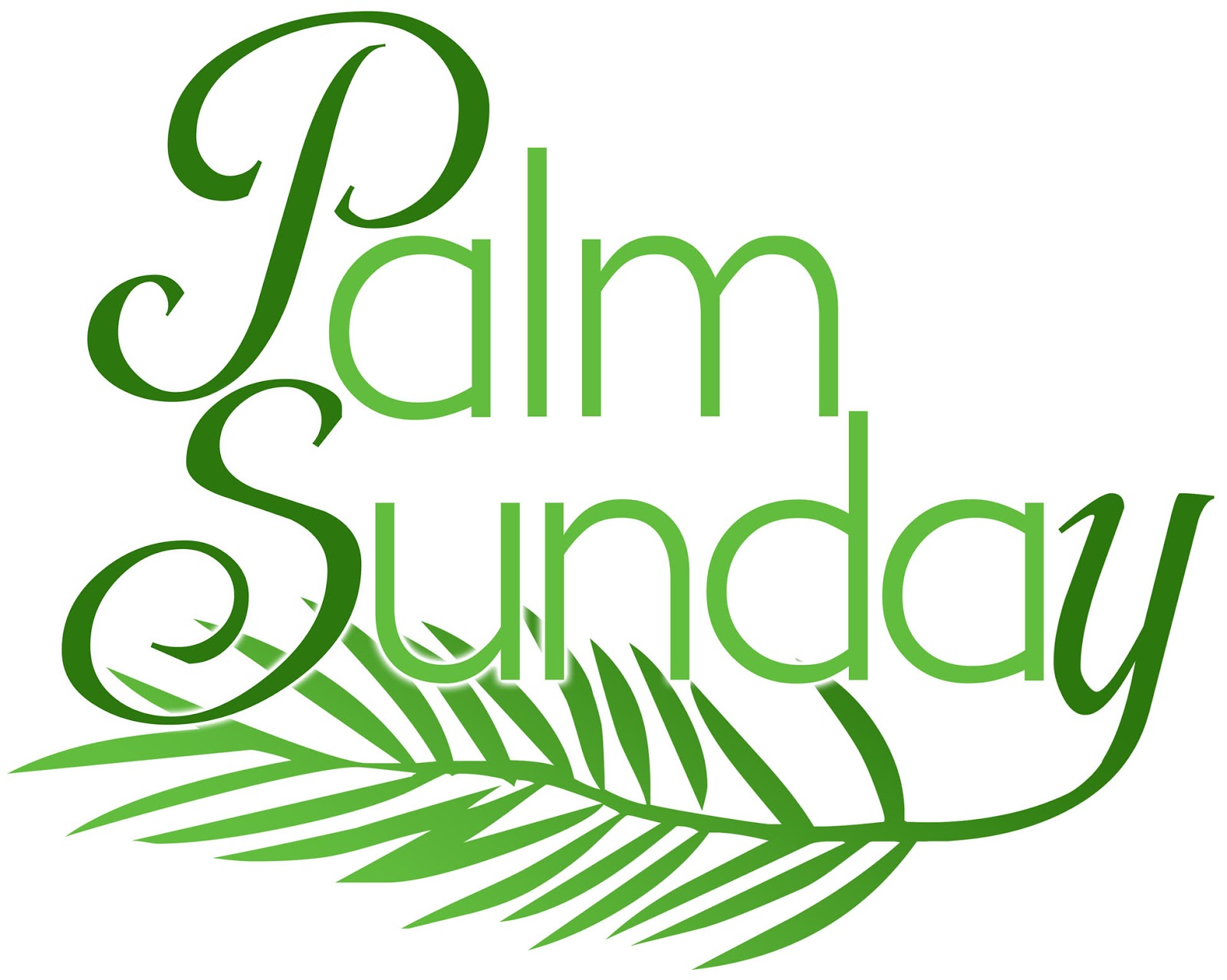We here about Kwanzaa from time to time so what exactly is this holiday?

Kwanzaa
It is a winter holiday that beings the day after Christmas and celebrated by some of the African-American & Pan-African cultures. A celebration of Family, Community and Culture. This celebration is a week-long celebration that last from December 26 to January 1 each year.
Kwanzaa helps celebrate the African culture and heritage to bring it back into today’s culture.
In 1966, California State University, Long Beach professor Dr. Maulana Karenga sought a way to bring African Americans together as a community. Dr. Karenga ultimately settled on Kwanzaa, a holiday that has now been celebrated for nearly 60 years.
According to History.com, Kwanzaa gets its name from the Swahili phrase “matunda ya kwanza,” which means “first fruits.” Kwanzaa is a week-long celebration during which seven principles are discussed. Those principles serve as the foundation of Kwanzaa, and each night of Kwanzaa emphasizes a different one of these foundational tenets.
Many Christians who celebrate Kwanzaa also celebrates Christmas as well. Kwanzaa is not to take place of any other religion or holiday.
Kwanzaa also has Unity, Self-Determination, Collective Work and Responsibility, Cooperative Economics, Purpose, Creativity and Faith is celebrated.
Plus, Kwanzaa celebrates what its founder called the seven principles of Kwanzaa, or Nguzo Saba (originally Nguzu Saba—the seven principles of African Heritage), which Karenga said “is a communitarian African philosophy,” consisting of what Karenga called “the best of African thought and practice in constant exchange with the world.” These seven principles comprise Kawaida, a Swahili term for tradition and reason. Each of the seven days of Kwanzaa is dedicated to one of the following principles, as follows:
Seven Principles of Kwanzaa
- Umoja (Unity): To strive for and to maintain unity in the family, community, nation, and race. The Swahili word for “unity,” umoja is focused on maintaining and striving for greater unity in the family, community, nation, and race.
- Kujichagulia (Self-Determination): To define ourselves, name ourselves, create for ourselves, and speak for ourselves stand up. The principle of kujichagulia focuses on self-determination and is designed to inspire Kwanzaa celebrants to discuss how they define themselves, name themselves, create for themselves, and speak for themselves.
- Ujima (Collective Work and Responsibility): To build and maintain our community together and make our brothers’ and sisters’ problems our problems, and to solve them together. Ujima focuses on collective work and responsibility. When discussing ujima, celebrants focus on how they can work together to build and maintain their communities. In addition, ujima is dedicated to communities solving problems together by making one member’s problem everyone’s problem.
- Ujamaa (Family): The belief in family and general communal understanding. Ujamaa is dedicated to cooperative economics and how celebrants can build and maintain their own businesses and how they can all profit from the success of those businesses.
- Nia (Purpose): To make our collective vocation the building and developing of our community in order to restore our people to their traditional greatness. “Nia” is the Swahili word for “purpose.” The principle of nia is meant to encourage celebrants to make the building and development of their communities a collective vocation.
- Kuumba (Creativity): To do always as much as we can, in the way we can, in order to leave our community more beautiful and beneficial than we inherited it. Creativity is the basis for the principle of kuumba, which encourages celebrants to do everything they can to make their communities more beautiful and fruitful for all.
- Imani (Faith): To believe with all our heart in our people, our parents, our teachers, our leaders, and the righteousness and victory of our struggle. The Swahili word for “faith,” imani promotes believing fully in one’s people, parents, teachers, and leaders.
Kwanzaa Symbols
Symbols for this holiday include a decorative mat on which other symbols are placed, corn and other crops, a candle holder with seven candles, called a kinara, a communal cup for pouring libations, gifts, a poster of the seven principles, and a black, red, and green flag. The symbols designed to convey the seven principles.
Anything else?
Is there anything else I should add or make known about this holiday?
Some information has been taken from Wikipedia. Also this was published in our family Christmas Newsletter, Patterson Post 11. Parts used from MetroCreative. TF20C555 First published on Courageous Christian Father December 26, 2016. Last republished or updated December 23, 2020.
About the Author
Discover more from Courageous Christian Father
Subscribe to get the latest posts sent to your email.



Happy Holidays and 6 days after Kwanzaa Christmas happens again.